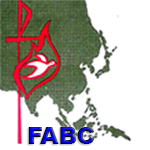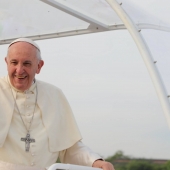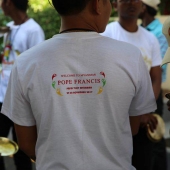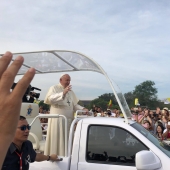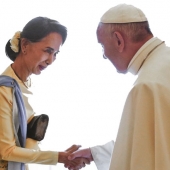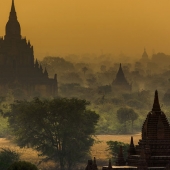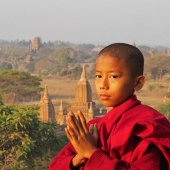Interreligious dialogue is a meeting of heart and mind between followers of various religions. It is communication between two believers at the religious levels. To promote the interreligious dialogue is so important at a time when relations between peoples of different cultures and traditions are subjected to great stress.
The senior religious leaders represent Myanmar’s major religious organizations, namely the Yatana Metta Buddhist Organization; the Myanmar Council of Churches (MCC); the Catholic Church; the Hindu Community in Myanmar; the Islamic Center of Myanmar, are collaborating as members of the working committee for Religions for Peace Myanmar. They committed themselves to forming Religions for Peace Myanmar as a permanent mechanism for their collaboration and to fostering peaceful coexistence among different ethnic and religious groups in the country.
Religious leaders are concerned about the new clashes in the civil conflict among the armed groups of ethnic minorities and the Burmese army in the states of Kachin, Karen and Shan, as well as the Muslim minority Rohingya in Arakan State.
Cardinal Charles Bo of Yangon tool the lead bringing religious leaders together to discuss nation-building and how to end decades of hostilities at the first interfaith peace conference held in Yangon. The conference aimed to engage leaders in a dialogue for peace and explore how religions can help promote harmony.The April 26-27 in 2017 event brought together some 200 Buddhist, Christian, Muslim, Hindu leaders, Political parties, diplomats and local civil society groups. Religious leaders wanted to seize the momentum as Myanmar transitions to becoming a full democracy after more than 50 years of military rule. They appeal to political leaders, military leaders and armed groups, so that they seek the path of reconciliation and peace as a common good of all people.
Myanmar is a multi-religious and multi-racial pluralistic society and the beauty of Myanmar, which all the citizens have cherished, is unity in diversity. Religious and ethnic diversity should not be seen as a threat but as a strength. We live in a plural society and should appreciate the beauty of diversity. There is no development without peace and no peace without development. So, peace is the supreme good for all citizens and all communities in Myanmar.
It is the duty of religious leaders and civil society groups to advocate for peace at the grassroots level. We need to explain to people why conflict has erupted in the country and the importance of peace as people in conflict areas flee due to fighting so it impacts in people’s daily survival.
The interreligious effort is ongoing and we have to hold more conferences with influential religious leaders. Our religious leaders join hand in hand and continue our journey towards peace.
Therefore, the prospect for interreligious dialogue is to seriously consider the educational aspect, not only through published manuals, seminars and religious gatherings, but also through thoroughly designed modules in Web sites and modules that can be integrated in one of the courses in theology or religious education in Catholic and protestant universities and universities administered by other religions. This implies living together, valuing the individuality of everyone, accepting differences as the interchange of riches and establishing personal relationships.

